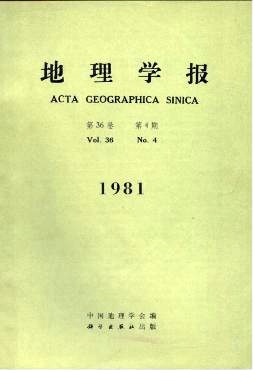Gao Shanming
Since the Holocene, five secondary deltaic units, belonging to five differentstages have been built. They belong to the Early Holocene (8,000 years B. P.), theMiddle Holocene (8,000 to 3,000 yrs. B. P.), the Early Historical (3,000 to 900 yrs. B.P.), the Late Historical (900 to 100 yrs. B. P.) and recent periods (since 1915) re-spectively.Although the magnitude of the five secondary deltaic units and the respectivepcation of the river mouth varied in different stages, the formation of the delta fol-lowed always the same process.Luan River is a heavily sediment-laden river on the north shore of BohaiBay. In flood season, this river is characterized by abrupt rising and falling ofwater, hence the capacity of sediment transport. That is why the river channels arehighly braided and frequently change their courses, and the delta advance quicklytoward the sea.As the tides are low along this part of coast, Luan River Delta develops underthe joint action of the river and the sea waves. The mid-fine sands carried by theriver into the sea are deposited mainly at the river mouth. They are soon workedupon by the waves and constructed into sand bars which are roughly paralled to thedelta front. To the south of the present Luan River mouth, there are four groups ofsand bars and islands arranged in echelon, that is each group is a little off set to thewest than the group just to the north of it. We may conclude that the more pro-truding the sand bars are, the more recently formed they are.The scouring or silting change of the delta front depends on the quantity of sedi-ment coming from Luan River. The Recent Delta, owing to the abundance of incom-ing sediment is fast prograding. The Late Historical Stage Delta, as it is still withinreach of the sediment from the present river, still retains its fringing sand barsintact, while at the mouth of Daqing River and to the west of it, some of the sand barsbelonging to the deltas of earlier stages are disintegrating into islands and the deltaplain has been turned into tidal flats as sediment supply from the river is no longeravailable and wave action predominates.
